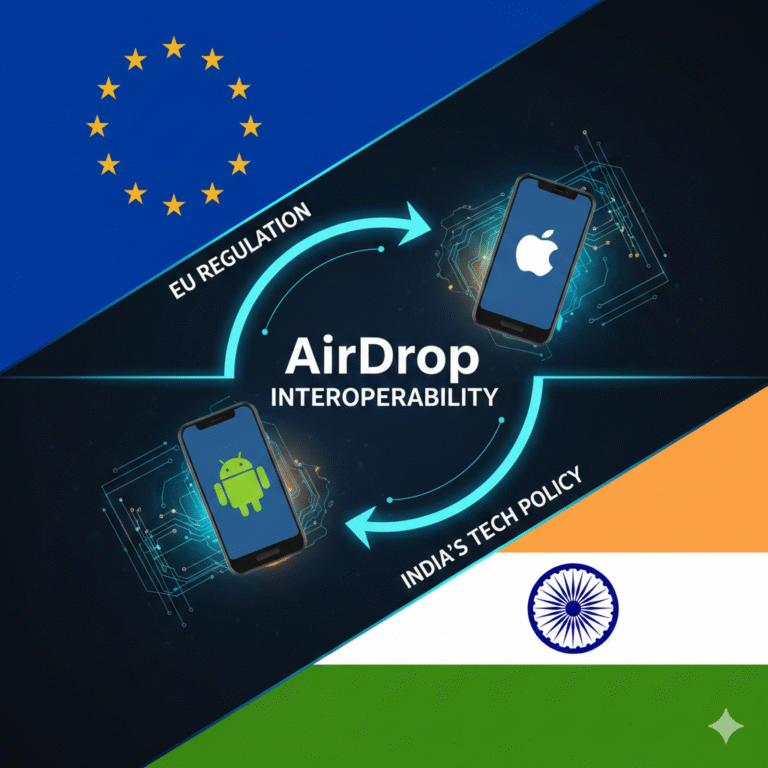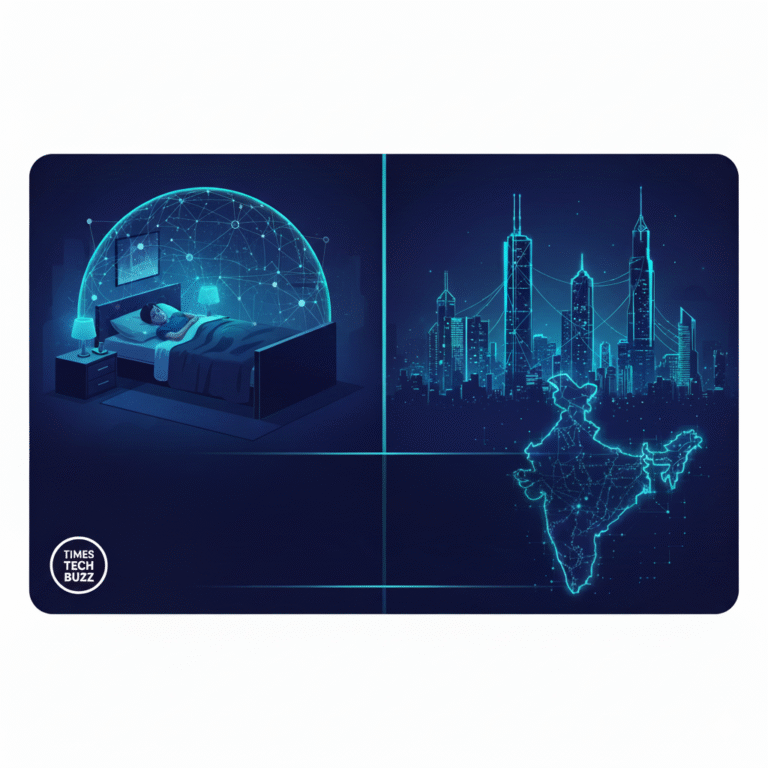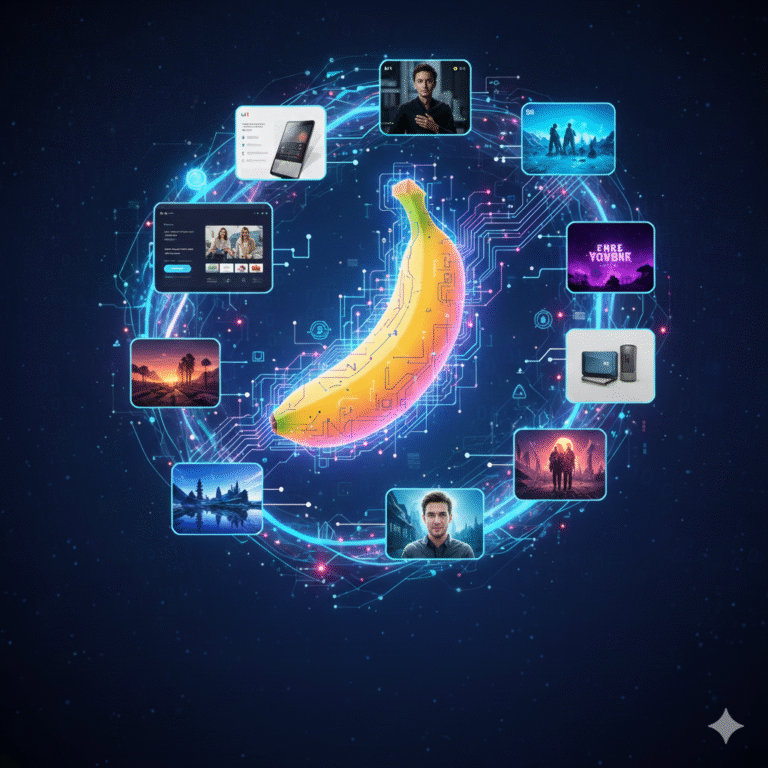In just a few years, India has transformed into one of the world’s most dynamic digital payment ecosystems. Central to this transformation is the Unified Payments Interface (UPI), a real-time payments system developed by the National Payments Corporation of India (NPCI). From enabling instant bank-to-bank transfers to supporting transactions without internet connectivity, UPI has come a long way. This blog delves deep into the evolution of UPI, tracing its roots, examining its milestones, and exploring the latest innovation — UPI Lite X.
1. What is UPI?
Unified Payments Interface (UPI) is a mobile-based, real-time payment system that allows users to link multiple bank accounts to a single mobile application. It facilitates instant money transfer, bill payments, and merchant transactions using a unique UPI ID.
1.1 Developed by NPCI
UPI was launched by NPCI in 2016 under the guidance of the Reserve Bank of India (RBI) and the Indian Banks’ Association (IBA). Its primary aim was to streamline and simplify peer-to-peer (P2P) and peer-to-merchant (P2M) transactions.
1.2 Key Features
- Immediate fund transfer
- 24/7 availability
- No need for bank account details
- Seamless integration with QR codes
2. The UPI Growth Story
UPI started with just 21 banks in 2016 but has since grown into a national phenomenon with billions of transactions processed monthly.
2.1 Year-wise Milestones
- 2016: Launch with pilot banks
- 2017: Integration with major apps like BHIM, PhonePe
- 2018: Introduction of UPI 2.0
- 2020: Surge during COVID-19 lockdowns
- 2022-23: Launch of UPI Lite and UPI Lite X
2.2 Statistics That Reflect Its Impact
- Over 10 billion transactions processed in a single month (August 2023)
- Accepted by more than 300 banks
- UPI now contributes to over 60% of India’s digital retail payments
3. The Need for Evolution
While UPI’s real-time feature revolutionized digital payments, challenges like poor internet access in rural and semi-urban areas restricted full adoption.
3.1 The Digital Divide
- 500 million internet users still face inconsistent connectivity
- Digital illiteracy among senior citizens and rural populations
3.2 Offline Needs in Everyday Life
- Vendors, auto-rickshaws, and daily wage earners often work in offline environments
- Traveling users frequently face payment failures due to poor signals
4. UPI Lite: Bridging the Gap

UPI Lite was introduced to offer low-value, high-volume transactions without stressing core banking systems.
4.1 What is UPI Lite?
UPI Lite is a feature allowing users to make small-value transactions (up to Rs. 500 per transaction) without needing a real-time bank authorization.
4.2 Benefits of UPI Lite
- Faster processing
- Works even when banks are under load
- Reduces dependency on core banking
5. Introducing UPI Lite X: India Goes Fully Offline
UPI Lite X takes this further by enabling users to make payments without any internet connectivity.
5.1 What is UPI Lite X?
Developed by NPCI, UPI Lite X allows fully offline transactions via Near Field Communication (NFC) or Bluetooth-based technologies.
5.2 How it Works
- Load money into the UPI Lite X wallet when online
- Make payments offline using device-to-device communication
- Sync data later when internet becomes available
5.3 Benefits
- Ideal for rural and low-network areas
- Emergency usage during network outages
- Financial inclusion for all
6. Security Features
Security has always been central to UPI’s evolution.
6.1 Encryption and Multi-Factor Authentication
- All transactions are end-to-end encrypted
- Requires UPI PIN
6.2 Limits and Wallet Restrictions
- Daily limits for UPI Lite (Rs. 2,000)
- UPI Lite X operates within the same safe constraints
7. Impact on Financial Inclusion
7.1 Empowering the Unbanked
- People without smartphones or high-speed internet can now participate in the digital economy
7.2 Bridging Gender Gaps
- Women in rural areas benefit from cashless transactions without fear of theft or loss
7.3 Enabling MSMEs and Kirana Stores
- Even small shops can now accept digital payments without worrying about network issues
8. Challenges & Future Scope
8.1 Battery Dependency & Device Compatibility
- NFC/Bluetooth features are device-dependent
- Need for wider smartphone compatibility
8.2 User Education
- More awareness campaigns required to educate on offline UPI use
8.3 Future Innovations
- Voice-based UPI
- AI fraud detection
- International UPI for remittances
Conclusion: A Revolution in Progress
From instant digital transactions to offline capability, UPI has truly democratized financial access in India. With UPI Lite and UPI Lite X, NPCI is addressing connectivity and inclusion challenges in a nuanced and scalable manner. As India continues its march toward a cashless economy, innovations like UPI Lite X promise a future where digital payments are not just real-time but also real-world — accessible to everyone, everywhere.









+ There are no comments
Add yours